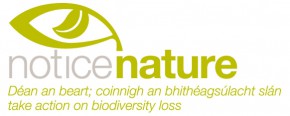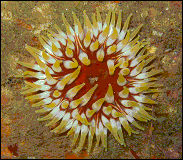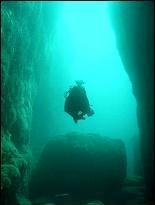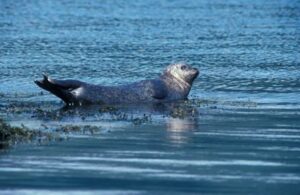The oceans of the world cover approx 70% of the earth surface. As a result they play a huge part in maintaining the global ecosystem. In fact over 51% of the earth is covered by seas deeper than 3000m, meaning that most of the planet is dominated by deep sea life, about which we know relatively little (World Conservation Monitoring Centre, 1992, in Costello, 2000). More is known in fact about the surface of the moon than about the earth’s deep seabed.
Our oceans are home to a wide variety of fish, invertebrates, mammals and birds. Some of the services that our seas provide us with include nutrient cycling, recreation, food production, biological control, raw materials, gas regulation and habitats among many others. Coastal seas provide 60% of these ocean services. The ocean acts as a sink and a buffer against rising levels of carbon dioxide, which is a major factor in global warming (Costello, 2000). It is crucial that we carefully manage our seas due to the many services they provide to us.
Life on earth originated in the earth’s seas, and there are fundamental variations in the physical and biological structure of marine compared to terrestrial ecosystems. Marine living conditions vary greatly from shallow to deep and from low-energy to high-energy marine environments and consequently there are a huge variety of marine habitats around Ireland’s 5631km long coast. Nowhere on land is such a spectrum of physical characteristics so commonplace, which is one of the reasons why there is such high biodiversity in our seas.
Ironically, one of the marine hot spots for biodiversity in Irish waters, and international waters alike, is old ship wrecks, which are found all around the coast. Not surprisingly, wreck diving is very popular with scuba divers in Ireland. Shipwrecks provide a wide variety of micro habitats for marine creatures to colonise and so are home to an unusual high biodiversity of fish, crustaceans, soft corals and sponges. One species commonly found peeping out of wrecks is the conger eel. However, on the flip side, it is common for fishing nets to snag on unknown wrecks. These nets often continue to catch fish or even marine mammals, living around the wreck.
For more information on Marine areas in Ireland, species and the legislation that protects the marine areas download the Notice Nature Marine Factsheet.
If you are a teacher check out the Marine Institute website and find out how you can introduce the amazing underwater world to your students.
Read more on NPWS marine research projects.



